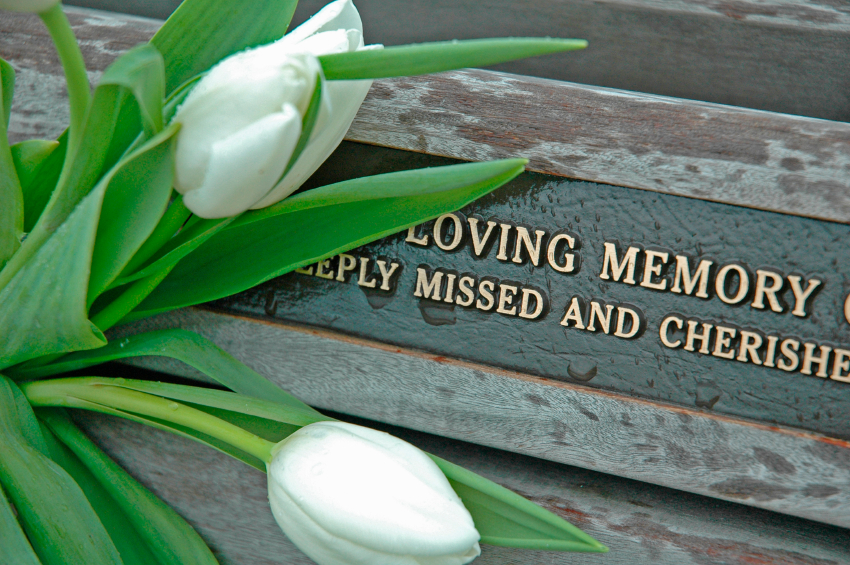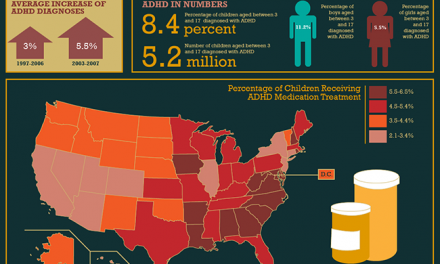New research suggests that opioid fatalities have been seriously undercounted in the past:
The death toll of the opioid epidemic is higher than originally thought, researchers say
The undercounting seems to have occurred during the epidemic’s initial decade and a half (1999-2016). It illustrates the deep-seated challenges our healthcare system has when it comes to staying on top of much-needed information.
In some areas, mainly those with access to a qualified medical examiner, record-keeping can be quite good. In others, particularly where coroners make the call — not so much.
Areas where undercounting appears to have been most pronounced include parts of the Deep South (Alabama, Mississippi, Louisiana) and the industrial Midwest (Pennsylvania, Indiana.) Not just there, but disproportionately so. The undercounted population may represent 28% of total fatalities, or about a hundred thousand additional deaths. Typically, the researchers report, an undercounted fatality is likely to have been a white female, age 30 to 60.
I’m guessing a lot of those deaths involve prescription opioids.
Suspected causes behind the counting errors:
- Limited resources, obviously. I can’t think of any jurisdiction that was adequately prepared for this. Even once they recognized the need, where would local authorities find the money to add the necessary services? Qualified doctors and modern lab equipment do not grow on trees, and government budget processes can be quite slow.
- The Medical Examiner issue – Whereas a Medical Examiner is a trained physician, many rural areas make use of Coroners, who are often not. Officeholders can be ill-prepared to make the sort of authoritative determination re cause of death that’s needed. Instead, they call it something else– even natural causes.
- Changes in the drugs themselves. You recall the introduction of fentanyl into the street drug supply a few years back. It was often disguised as Oxycontin or heroin, and the users themselves were frequently unaware. So were the labs, which may lack equipment to detect it.
- Last but not least, stigma. Families can be reluctant to subject their loved one to autopsy if they’re concerned about what examiners may find.
The upshot: it’s likely that the opioid epidemic and its consequences are worse than suspected, and that’s been true for two decades now. I can’t help wondering if we’ll have similar difficulties with the coronavirus.
By the way, don’t forget that these opioid fatalities played the key role in the unexpected decline in life expectancy here in the United States. The best estimate I’ve seen is 400,000 opioid-related deaths since 2000 – 25% of those in just the past six years.













